I Tried the "SIMPLE" Method — An Easy 6-Step Decluttering Process That Finally Helped Restore Order in My Tiny, Chaotic Home
I can promise: if structure assists your motivation, this method of tidying will work wonders in your space, and professionals agree
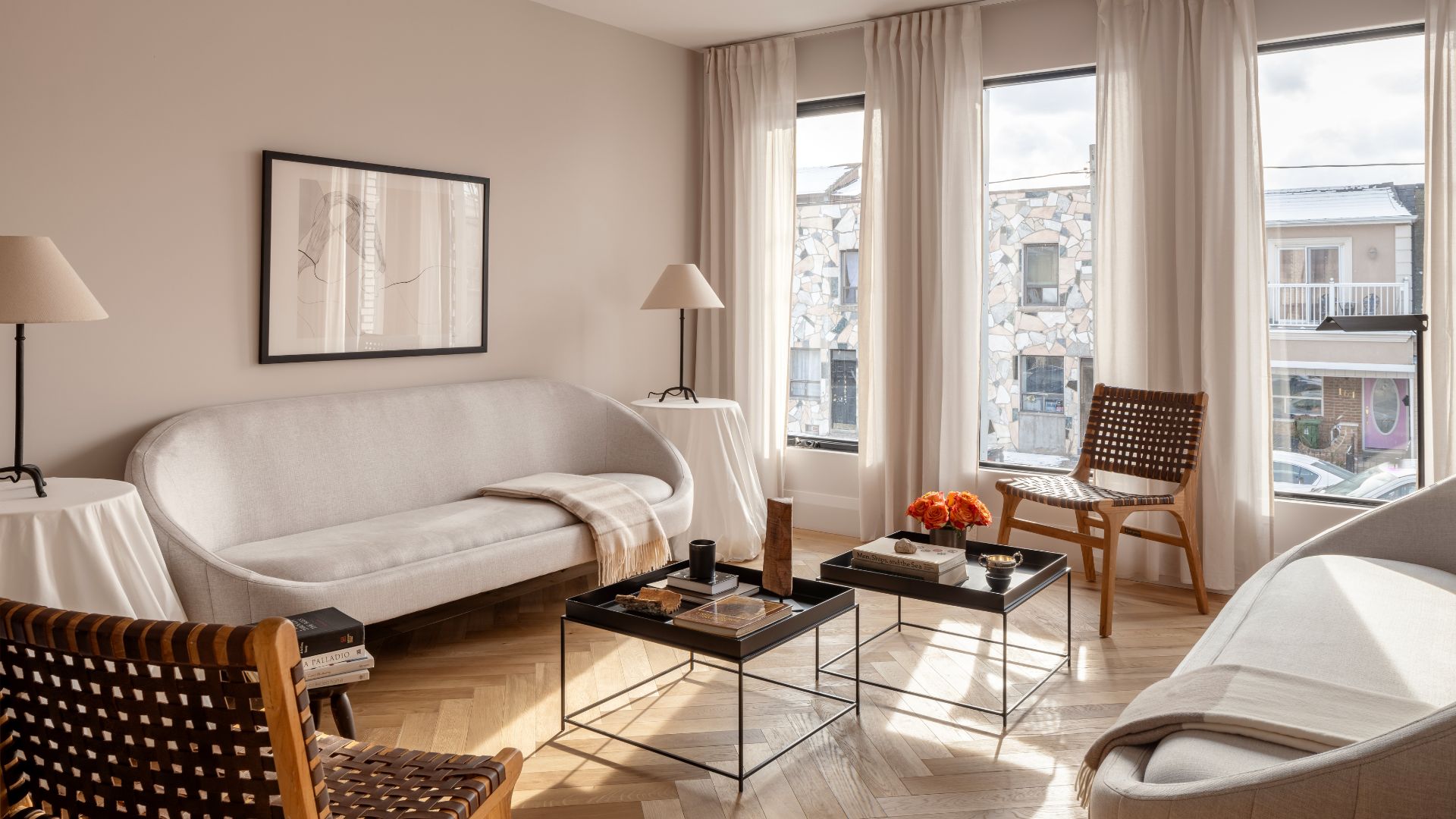

In the past, I really struggled to navigate a disorganized, cluttered home. The task rapidly became overwhelming as I looked around the space, feeling claustrophobic but not knowing where to begin remedying the problem.
Knowing how to declutter a home definitely helped me, as it divided the task into categories. However, I've since heard that the SIMPLE method of decluttering and organizing takes this sense of control to a new level, dividing the task into six manageable rules.
Keen to see how it would help my far-less-cluttered-but-not-perfect home today, I tested out the SIMPLE method and documented the process. Of course, I also sought insight from professional organizers to hear their opinions. Here's how everything went.
What Is the "SIMPLE" in Decluttering?
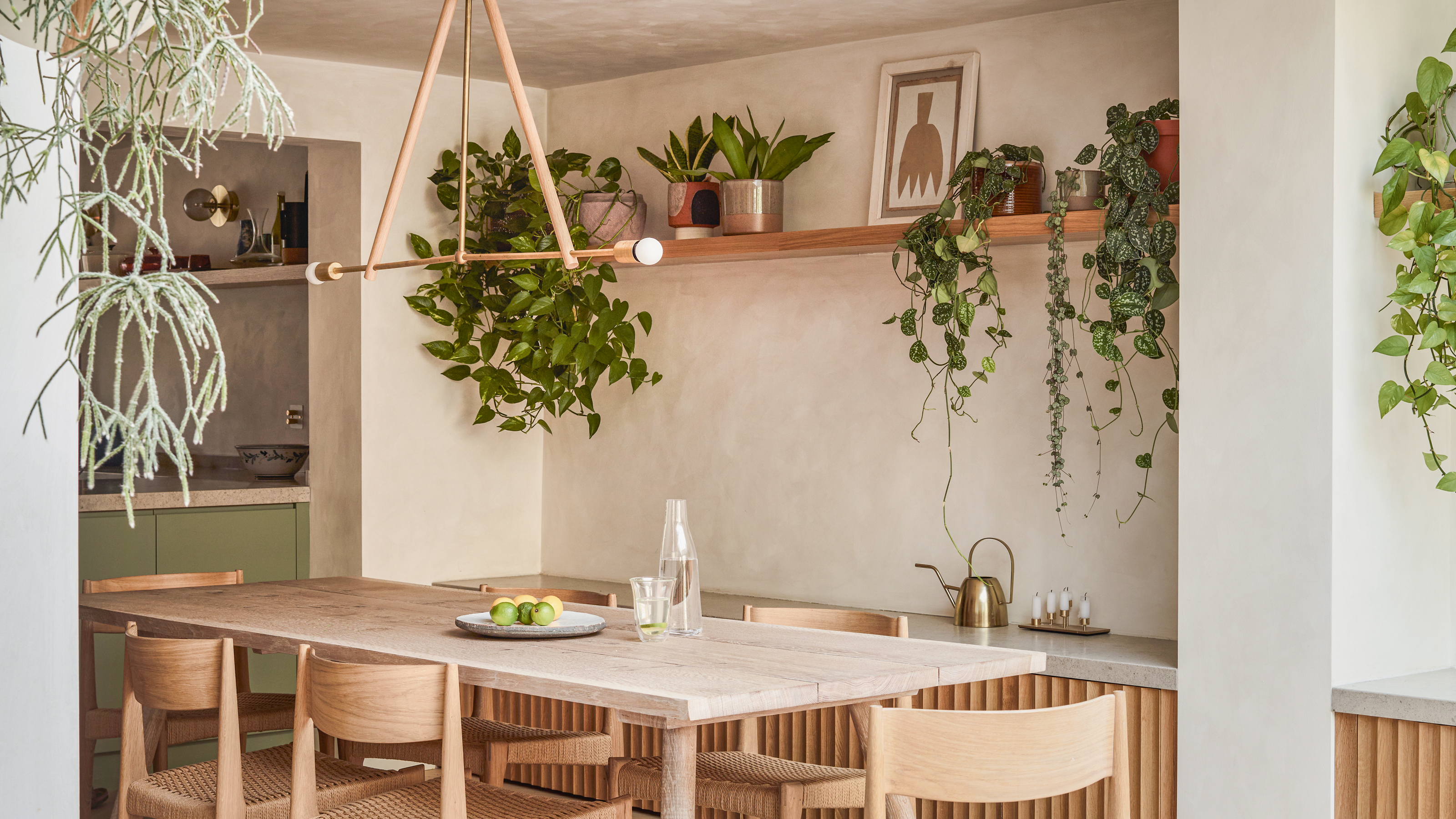
The SIMPLE method is broken down into the following six principles:
S: Sort like with like.
I: Identify what to keep.
M: Make a home for it.
P: Put it in containers.
L: Label it.
E: Establish a routine / Evaluate
As decluttering tips go, the SIMPLE method is a simplified approach to getting your home in order, created by professional home organizer Kathy Jenkins. Being split into six clear elements, Kathy's approach focuses on taking action in your space without overthinking how you approach decluttering vs organizing: instead of getting stuck in a thought cycle, you have concise points to think of in a mindful way.
Ben Soreff, professional organizer and owner of House 2 Home Organizing, says, "Much like Julie Morgenstern before her with her SPACE method, organizer Kathy Jenkins has come up with an organizing system called SIMPLE. Most people don't know where to begin when it comes to creating order in their home and when they do they don't dedicate enough time to the task and leave the house messier than if they hadn't done anything. Following a system like these is the best way to keep focused and move forward on your organizing journey."

Ben Soreff is a professional organizer and partner of House to Home Organizing. He is originally from Portland, Maine and used to work in film & TV Production. Ben graduated from Skidmore College and has experience with Level 5 Hoarders.
How I Implemented the "SIMPLE" method in My Home
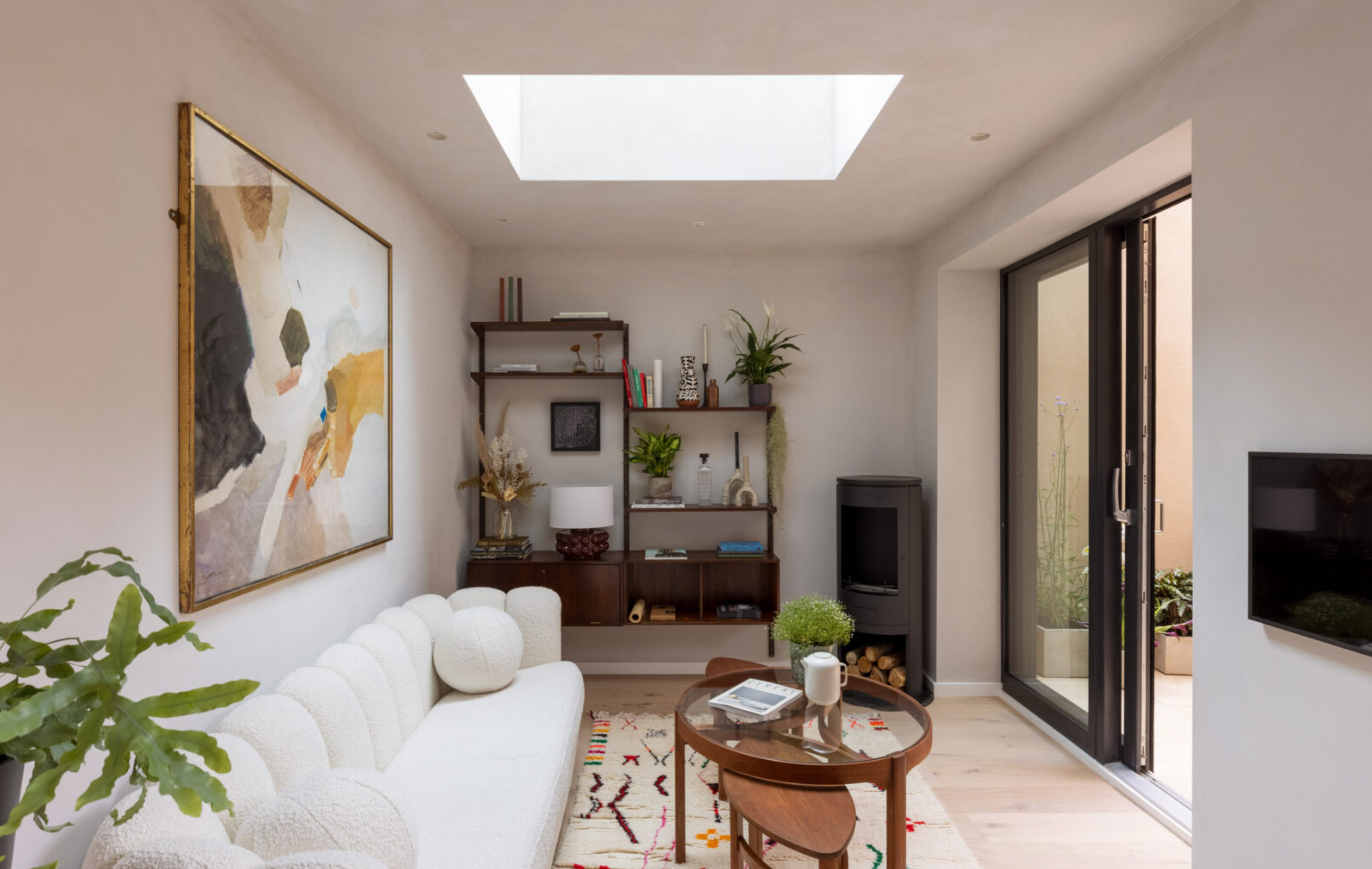
I decided to go around my studio apartment in the SIMPLE mindset, following each of the principles individually to give them my full attention.
Before embarking on improving the order of my home, I decided to break my space down into three main sections: the living area where my work desk and bed are (compact but cozy!), my little kitchen, and the bathroom.
Having a clear plan in my head like this helped me to create boundaries in my home, making the task of tidying up and achieving my home organization ideas and goals less overwhelming as I wasn't tackling every part of the space all at once.
S: Sort Your Space
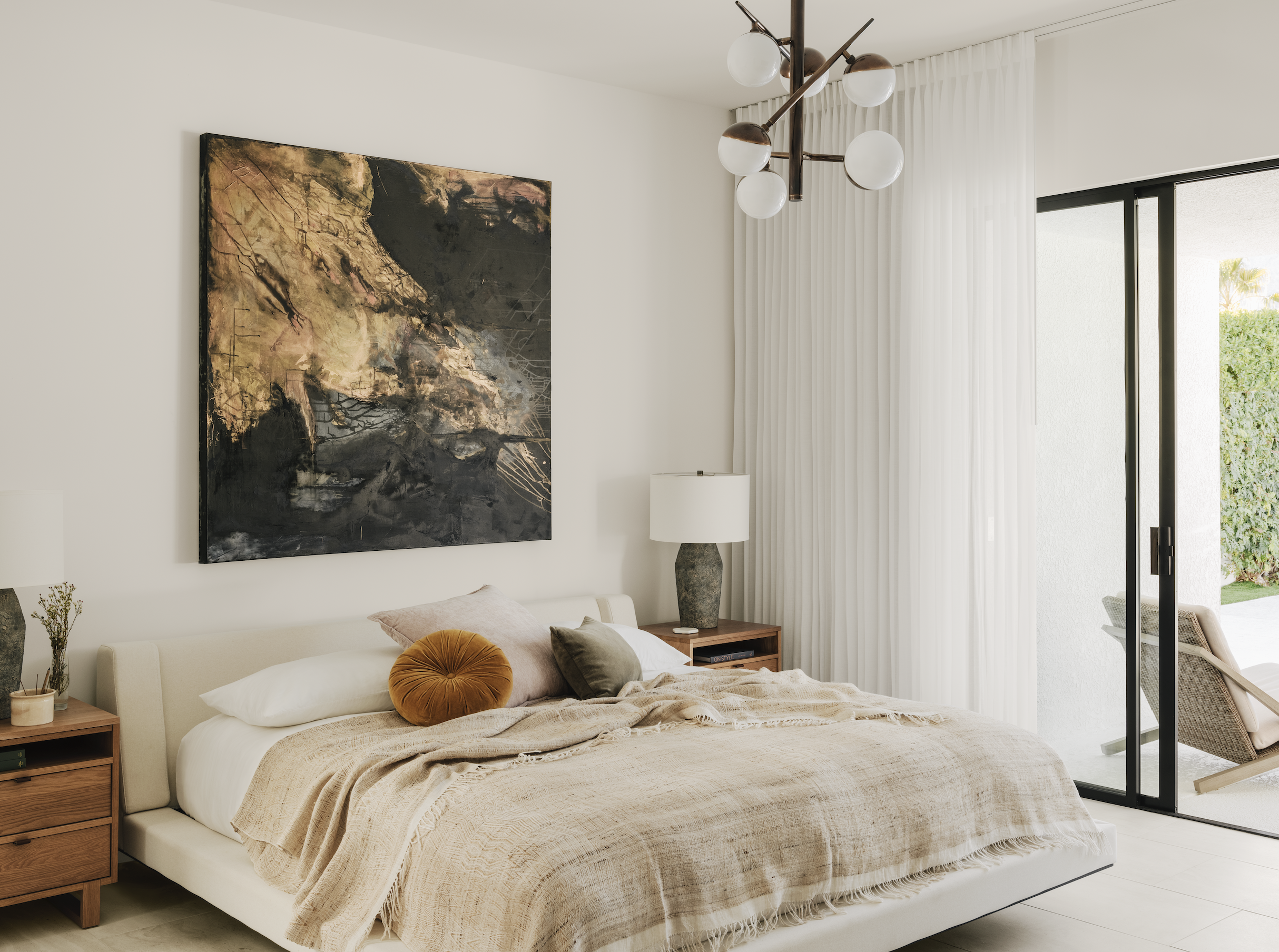
One at a time, I began the SIMPLE process by going to each of my three main spaces and sorting like items together. I did this by taking everything out of their homes and creating piles on the floor, as I felt doing this would be the best way to see everything I owned all at once.
I created these categories as I went through, for instance, picking up a sweater and placing it in a pile where my sweaters would go. The alternative approach of taking everything out and sorting items into categories would have worked, too, but I felt sorting as I went would be less chaotic — it was also a great way to keep up with my decluttering checklist.
While sorting my items I found it interesting to discover how many items had accidentally found homes elsewhere without me even realizing. I definitely recommend taking time to mentally note these kinds of things during your sorting process as doing so will help you to take account of what you actually have, and where it had been all along.
I: Identify What to Keep
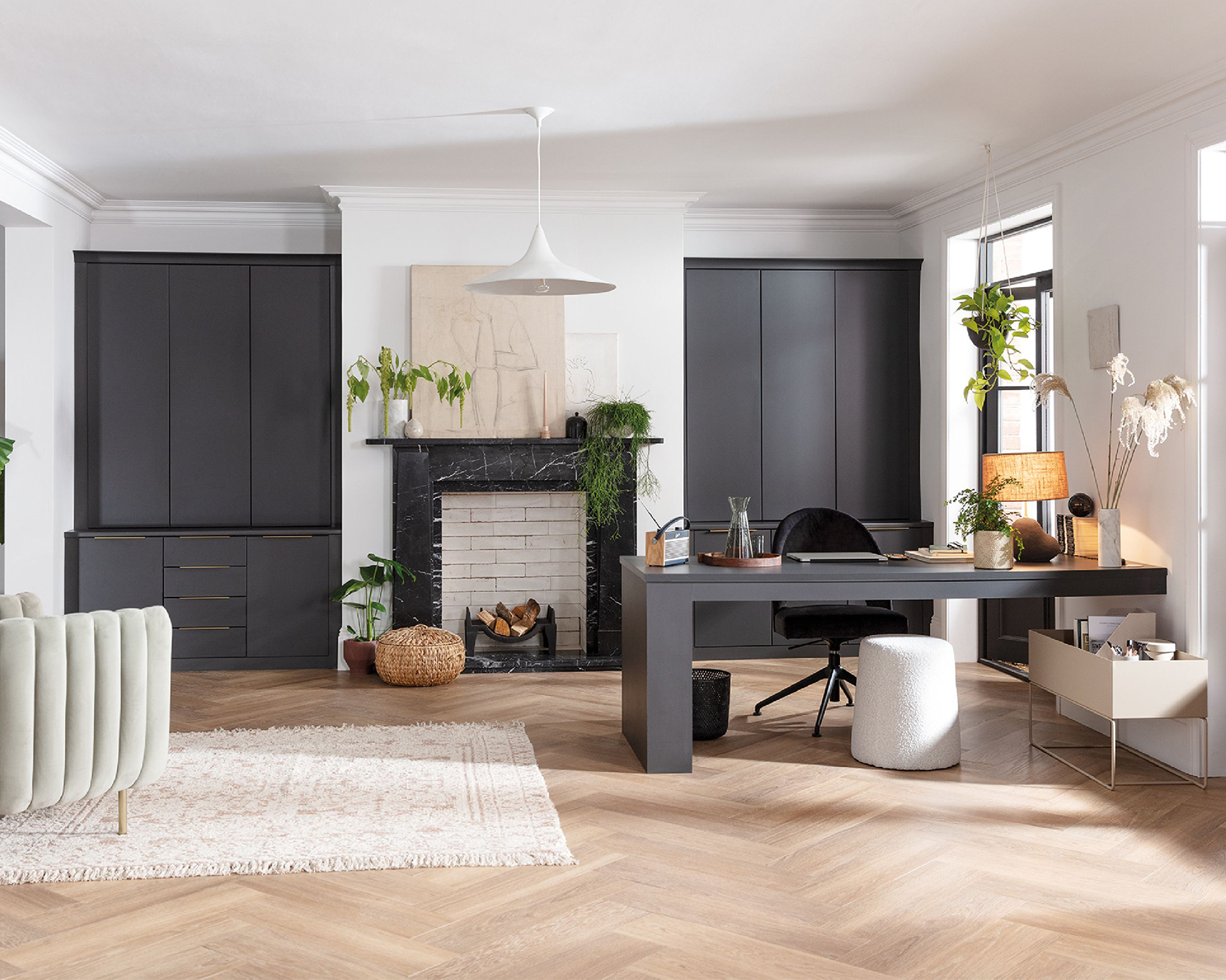
After each of my three spaces were sorted into piles of like items, I went through the piles to see what I wanted to keep.
Kimberly Corey, certified professional organizer and owner of Finely Sorted Organizing, LLC, says, "You cannot truly decide what to keep until all like items are together to evaluate one against the other."
Before, when I sought to declutter my home, I would always look at my sorted piles with the mindset of "What can I let go?" so looking instead to pick out what I wanted to keep was an incredibly insightful, new perspective.
Looking to pick out what you want to keep instead of what to discard encourages your mind to think about what you love about each item you own and why, and you'll notice that the items you truly adore you'll have positive thoughts about rather quickly.
After choosing everything I wished to keep, I was left with piles of 'maybe' and 'no.' I compared the maybes against my 'keep' pile to see if anything was similar and anything I was still unsure about after I placed it aside in a cardboard box to address the following week, akin to the packing party method of decluttering. Doing this is a great way to help with decision fatigue and prevent decluttering regret, as you can view the items again with fresh eyes at a later date.
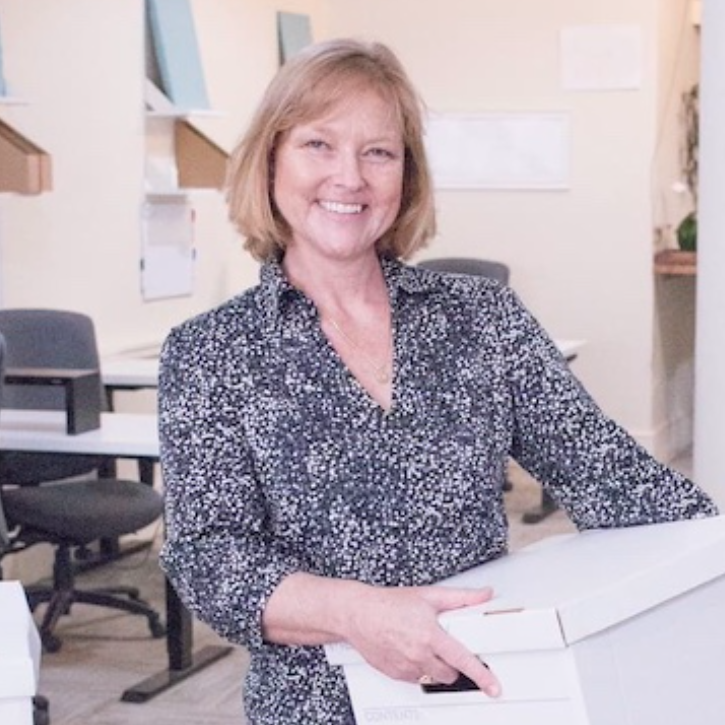
FSO was founded in 2000 by Kim Corey, CPO®, CVOP™️and provides mindful, fun, virtual home organizing to those seeking better productivity and visual relief in their home and work environments. We help ease the anxiety of feeling frozen and immobilized by the things around you.
M: Make a Home for It
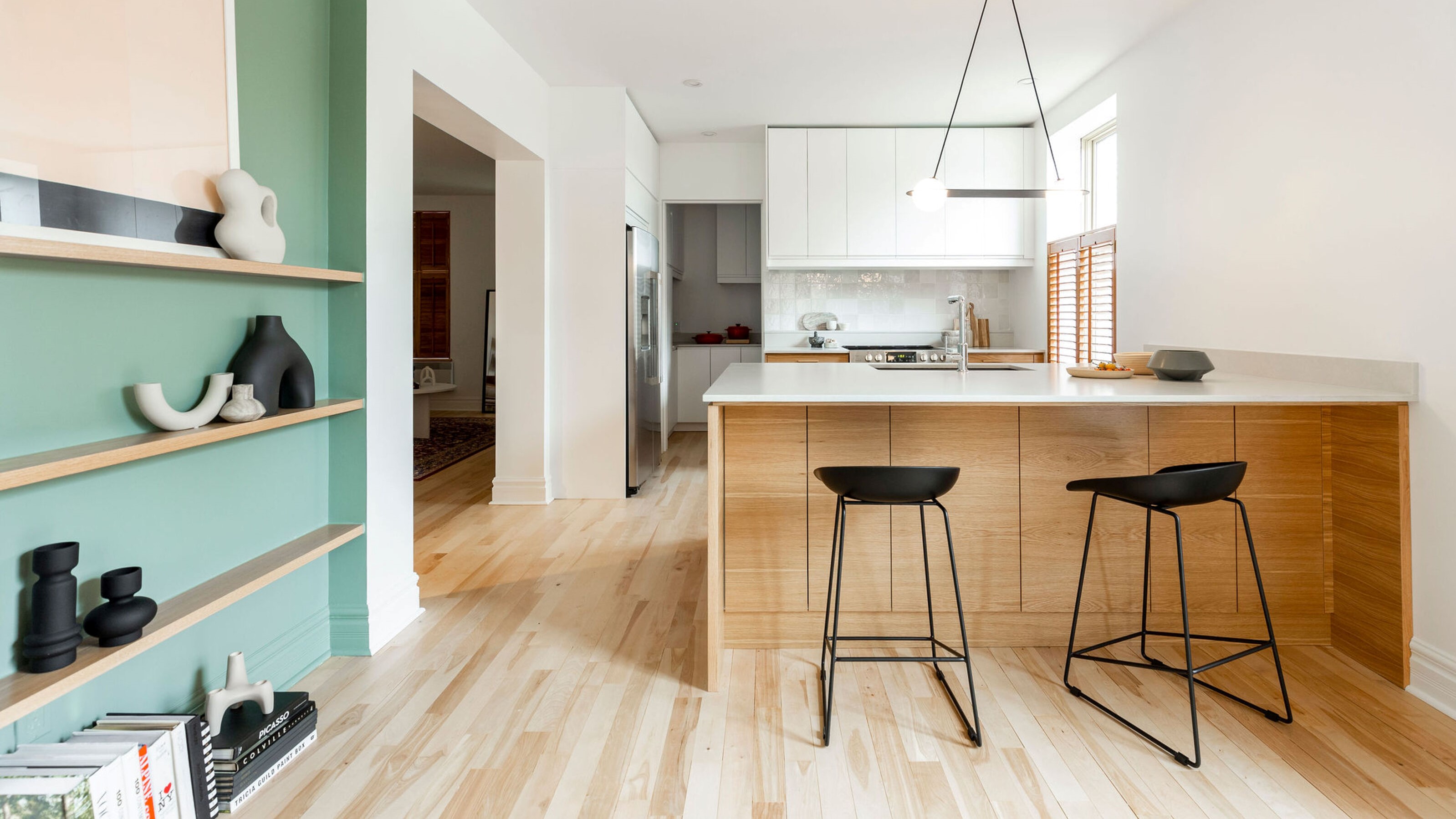
Once I had all my 'keeps' ready, I returned items to their homes — clothes into the wardrobe, mugs into their usual cupboard, toiletries into the bathroom mirror cabinet. While I was doing this, I also created a pile to the side of items that didn't really have a home or items that were in a home that didn't make sense before.
Anything I struggled to rehome, I stopped again to ask myself if I really needed before then seeking to find them somewhere to live.
P: Put It in Containers
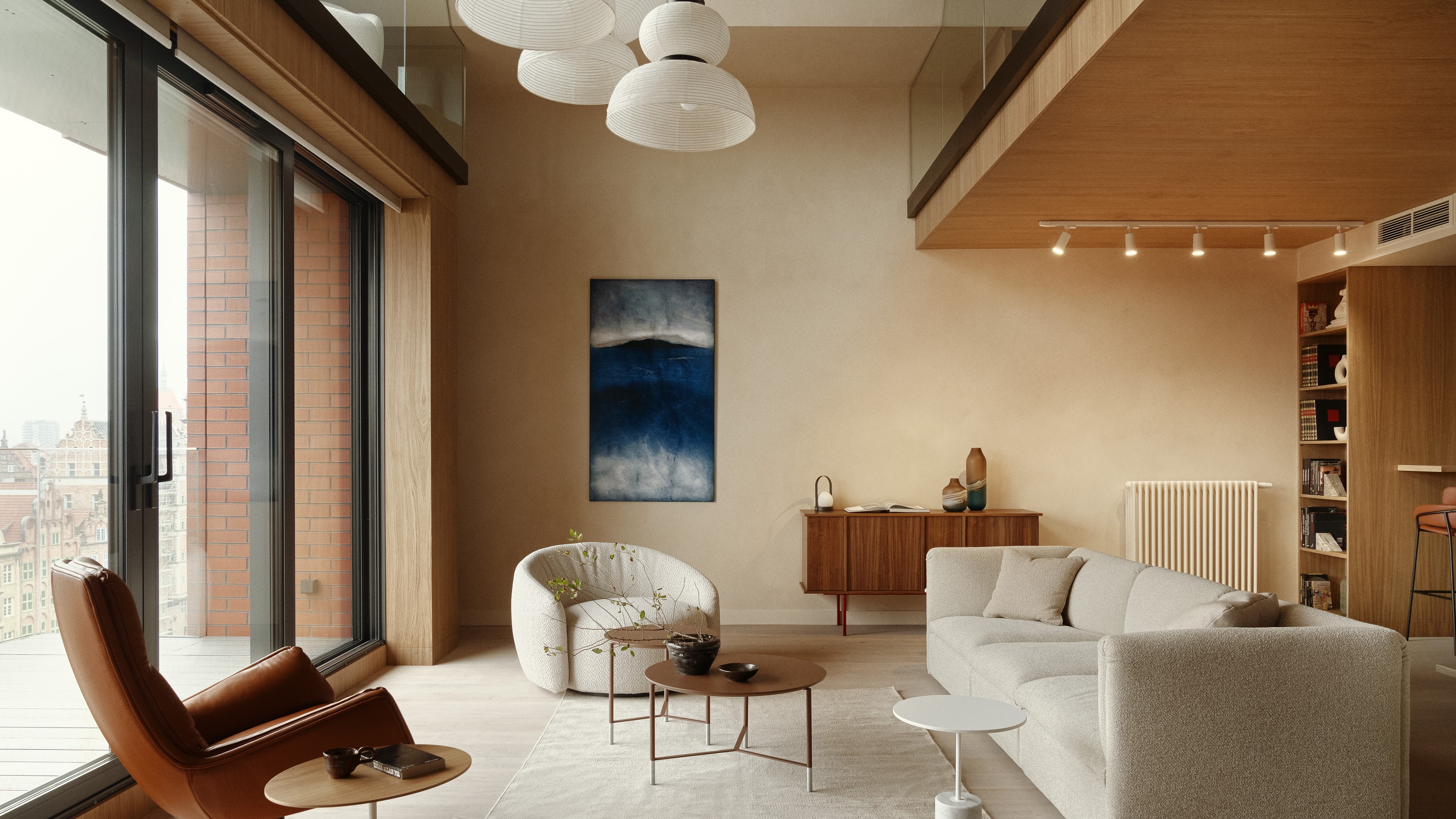
We all have items in our homes, usually smaller ones, that are prone to getting lost. Extra charging cables, packets of tissues, keychains and markers are some of the culprits in my life, so I sought to put these into containers to make them both easier to find as well as to better maintain with care.
Azumi Uchitani, internationally renowned cultural communicator, keynote speaker, co-founder of the Japanese Wisdom Academy and author of the upcoming book YOSHUKU: Japanese Art of Manifesting, believes strongly in the power of containing items well for practical and aesthetic reasons.
"This is where my Japanese heritage and artistic sensibilities come into play," says Azumi. "Historically, Japan has a rich tradition of creating exquisite storage items that are both practical and works of art. These are my two favorite alternatives to plastic storage bins to keep items safe and stylish:
1) Lacquer boxes: I use antique Japanese lacquer boxes. These beautiful, handcrafted containers inspire me to carefully consider what items deserve a place within them. Placing objects in these boxes feels like an artistic act.
2) Furoshiki: I use furoshiki (versatile square fabrics) to wrap and organize clothing. They protect the items and add a touch of elegance."
As an author with a forthcoming book from Penguin Random House (17 July 2025) and a trusted life and business coach, lecturer, writer, and conceptual artist, I bring over 30 years of experience as a cross-cultural corporate consultant and expert on Japanese culture to help clients worldwide unlock the transformative power of timeless Japanese principles.
You can also use baskets such as the seagrass and cotton baskets with handles from The Container Store, or the mainstays collapsible fabric cube storage bins from Walmart.
Azumi also encourages you to reuse everyday items like shoe boxes and attractive plastic containers around your home. Storage pieces don't have to be expensive.
L: Label It
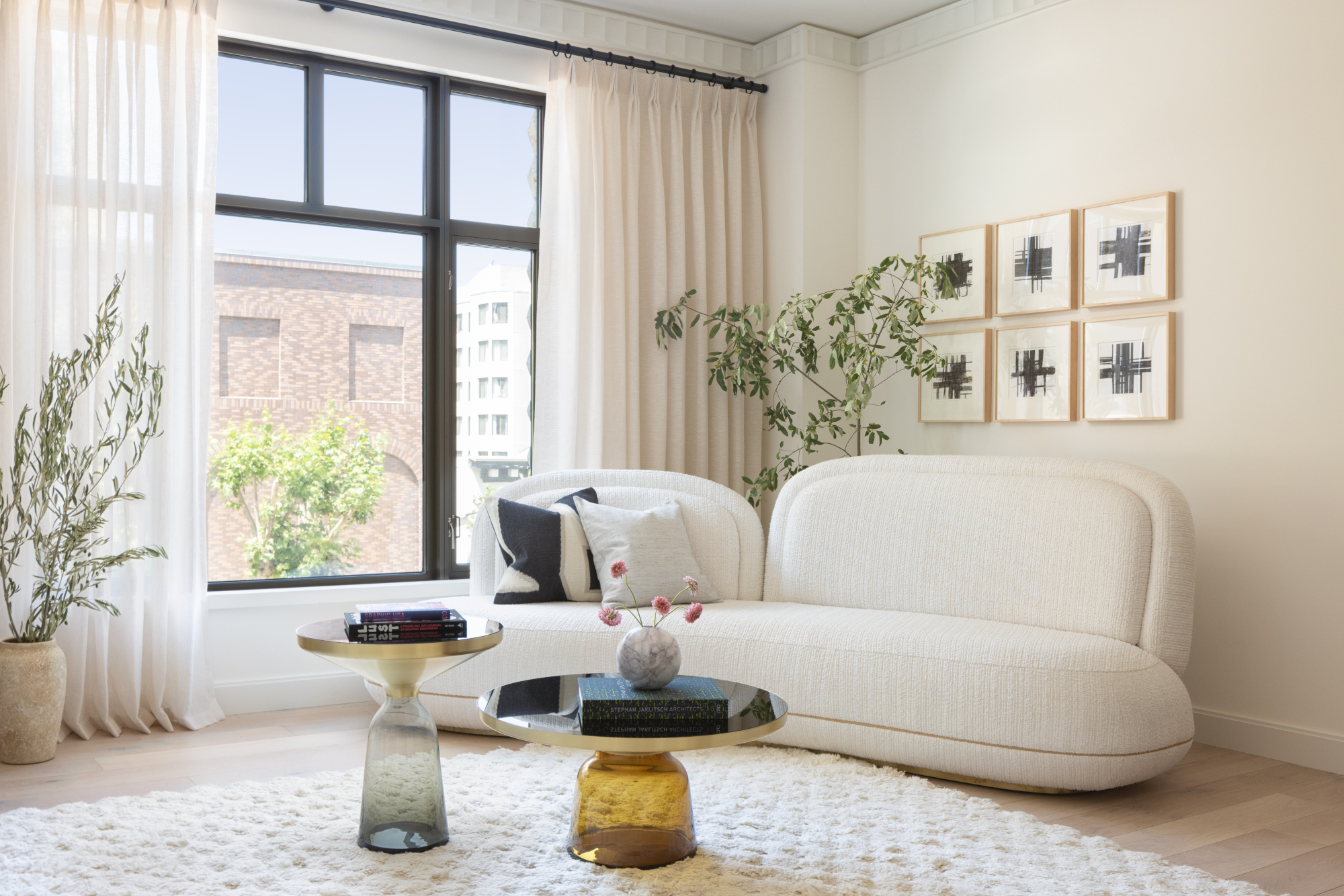
After my little items were tucked into hidden storage, I added labels to any that were opaque or made it harder to see the contents. For instance, I recycled a see-through slim Tupperware in my desk drawer to store extra pens and stuck a little white label on the top of the lid so the contents could easily be read when the container is seen from above.
"Labeling is especially helpful for items shared with family members or for opaque containers," says Azumi. "However, I often use different types of boxes, which allows me to remember what’s inside without needing labels."
Find a system that works for you, perhaps starting with removable self-adhesive labels like the Avery multi-use labels, removable, from Walmart so you can try it out to get a sense of whether they're a helpful addition to your home.
E: Establish a Routine and Evaluate
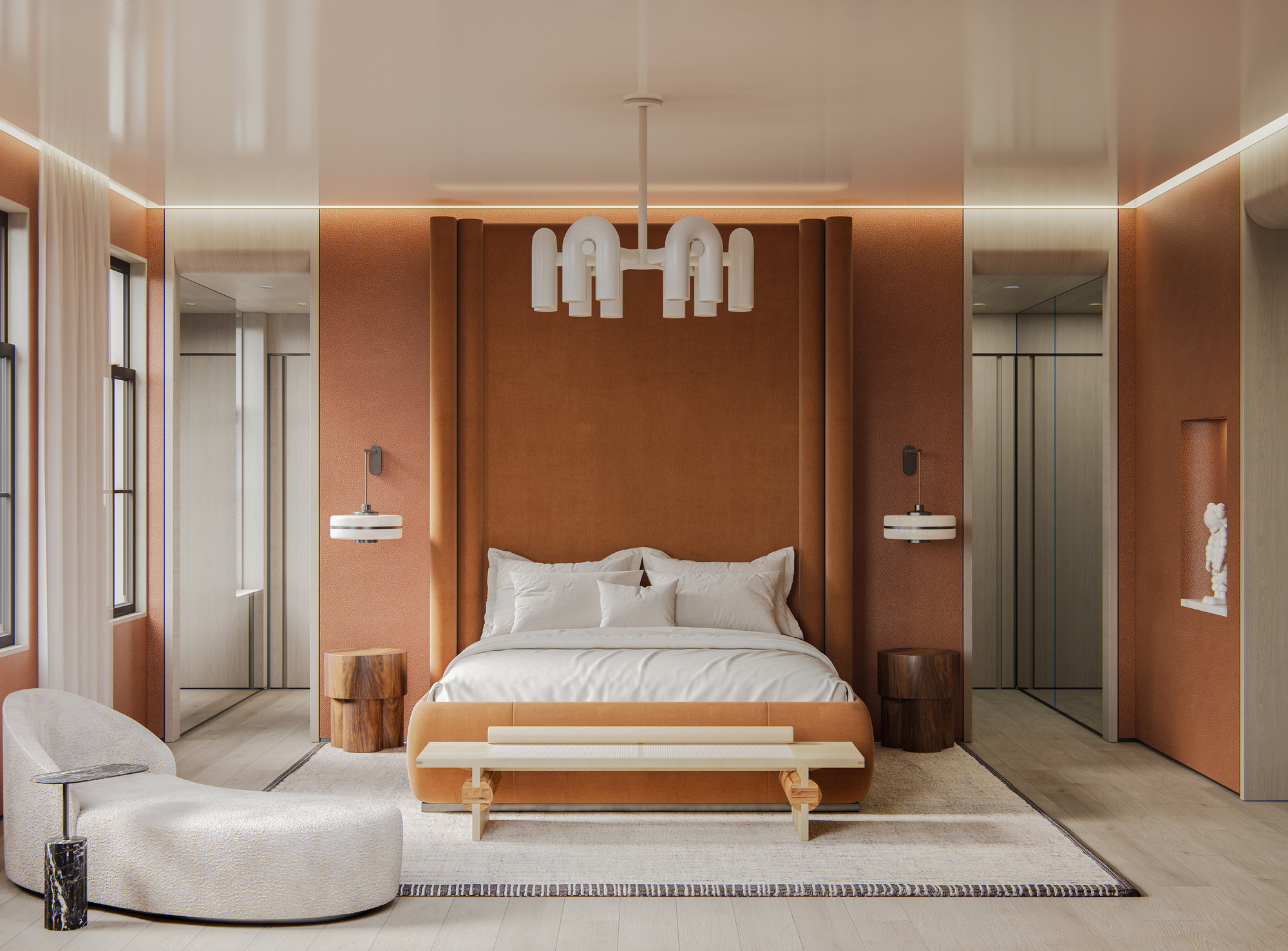
Lastly, after my SIMPLE process was completed, I evaluated it to see if my space felt more streamlined and tranquil. I let a week pass using the space to figure out what was and wasn't working for me, then tweaked things accordingly. For example, it really helped me to have labels on my containers, but I didn't like labeled containers being too on display, so I switched plain containers to more out-of-sight areas and decorative ones to more prominent areas.
I also made a note in my calendar to look around my space for ten minutes every Sunday to see if any items had found their way out of their homes. This amount of time may be small, but it adds up and helps you keep on top of everything. You truly can organize in 15 minutes or less if you know how to begin.
FAQs
Is the simple method worth it?
What works for one person may not necessarily work wonders for another, but discussing the method overall, Di Ter Avest, professional organizer, owner of Di Is Organized, and author of the book 'Organize Yourself Healthy' believes it's worth a go so long as you know how to make the most of it.
"The SIMPLE method is great, but there are a few more things you should know to really make the most of it. First, it's all about breaking things down into manageable chunks. It's not a race to declutter your whole house in one day — just tackle one area at a time, like a drawer or a closet. It makes the whole process way less stressful.
Now, here's the thing: decluttering can get emotional, especially when you're dealing with stuff that has sentimental value. The SIMPLE method helps you focus on what matters, but it's okay if some decisions are tough.
Also, this isn't a one-and-done thing. You'll need to make your space part of your routine to keep it organized. Maybe set a day every month to check in and tidy up — it's way easier to stay on top of things that way."
Kimberly Corey, certified professional organizer and owner of Finely Sorted Organizing, LLC, agrees that the method is worthwhile. Still, it's important not to get ahead of yourself and try to buy containers to store your items in advance.
"The SIMPLE method is an effective tool for remembering what to do when which is vital to decluttering, but one must not make containers ready for example, before deciding what to keep because in order to choose a proper container for items to fit the space given, it must be known how much volume the items create," says Kimberly.
Take your time throughout this method, allowing yourself time to think and breathe. You don't have to rush to get the job done. Sometimes, the beauty of creating a space you love comes from tapping into your feelings along the way.
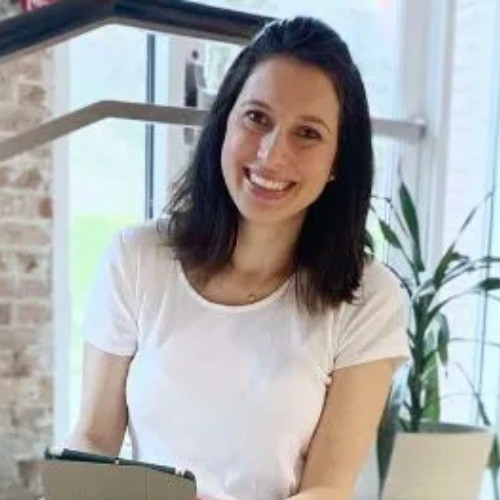
Di Ter Avest is a professional home and lifestyle organizer and the owner of Di is Organized, in Baltimore, MD (USA). Her accountability program and book Organize Yourself Healthy help women across the globe to get their lives and homes organized, leading to lower levels of stress and overwhelm. Her expertise has been featured in Forbes, Today, ApartmentTherapy, Real Homes, Livingetc, Homes & Gardens, and Kitchn. She has also given workshops at IKEA, West Elm, and Williams-Sonoma.
Overall, I really liked how segmented this method was. It gave me an easy framework to follow, which helped to curb feelings of being overwhelmed when decluttering, and working area by area through the six steps worked very well in bringing order to my space.
I wouldn't recommend tackling your entire home at once, as I can see it getting stressful having loads of piles of everything everywhere to sort and label. Pacing yourself through the steps in a mindful manner, room by room or area by area is efficient and provides motivating visual progress. You can tick off each step and feel yourself gaining more control over your space after each one.
Be The First To Know
The Livingetc newsletters are your inside source for what’s shaping interiors now - and what’s next. Discover trend forecasts, smart style ideas, and curated shopping inspiration that brings design to life. Subscribe today and stay ahead of the curve.

Ciéra is a writer and regional laureate with particular passions for art, design, philosophy and poetry. As well as contributing to Livingetc, she's an Editorial Assistant for Design Anthology UK and a contributing writer for Homes & Gardens and Apartment Therapy. Previous commendations of hers include being Highly Commended by The Royal Society of Literature and receiving a prestigious MA Magazine Journalism scholarship to City, University of London.
-
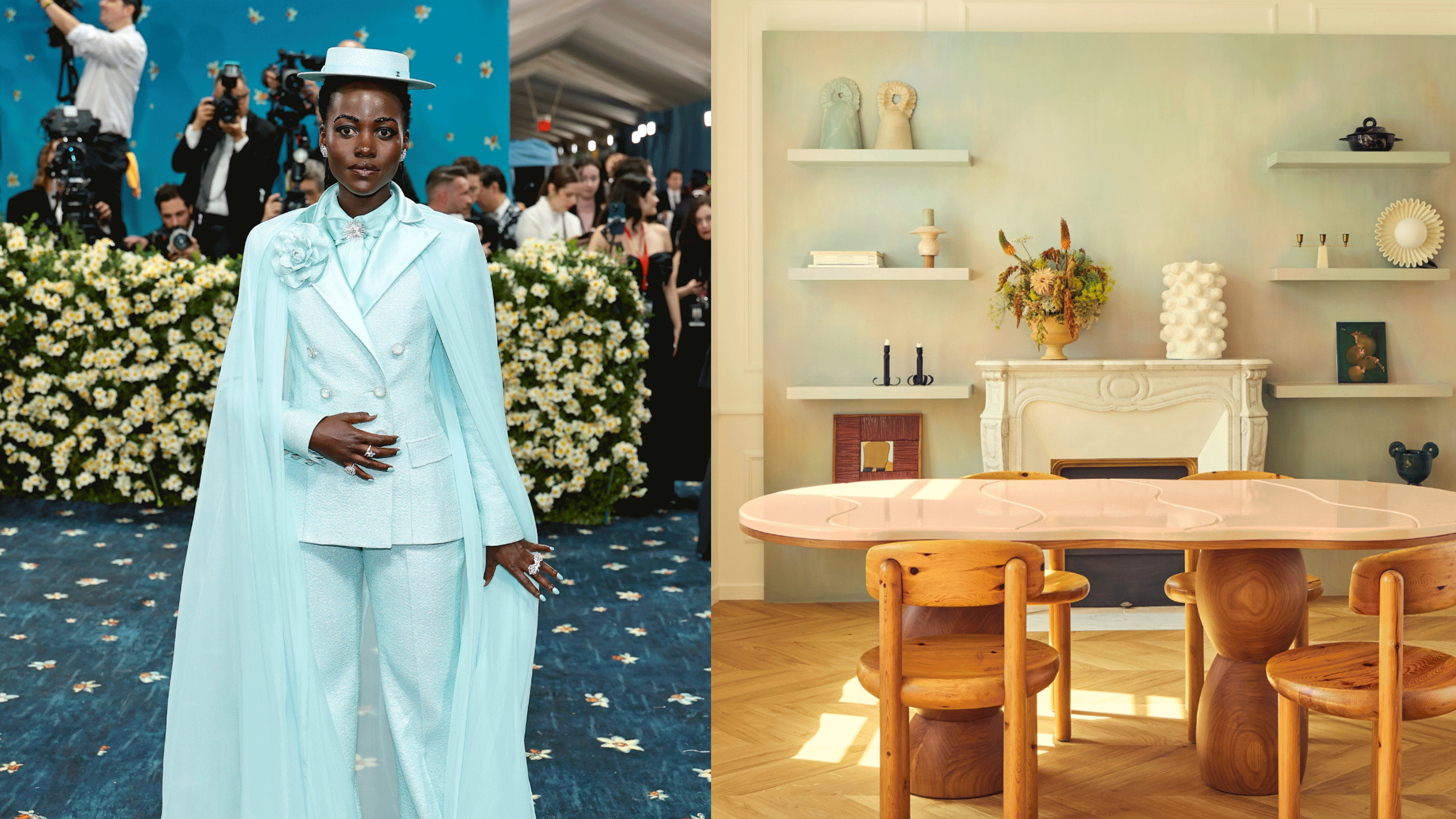 Icy Blue, Stripes, and the Design Equivalent of Shoulder Pads — 2025's Best Met Gala Looks as Interior Trends
Icy Blue, Stripes, and the Design Equivalent of Shoulder Pads — 2025's Best Met Gala Looks as Interior TrendsThe Met Gala carpet was alive with fashion trends that translate into the schemes designers are creating for the most exciting homes right now, too
-
 "Modern, Relaxed, and Unmistakably Design-Led" — Checking in at Grace La Margna, St. Moritz's Quietly Luxurious Latest Holiday Stay
"Modern, Relaxed, and Unmistakably Design-Led" — Checking in at Grace La Margna, St. Moritz's Quietly Luxurious Latest Holiday StayA new chapter in the coveted Swiss resort's hospitality scene has only just begun. Global Brand Director Sarah Spiteri takes a closer look
-
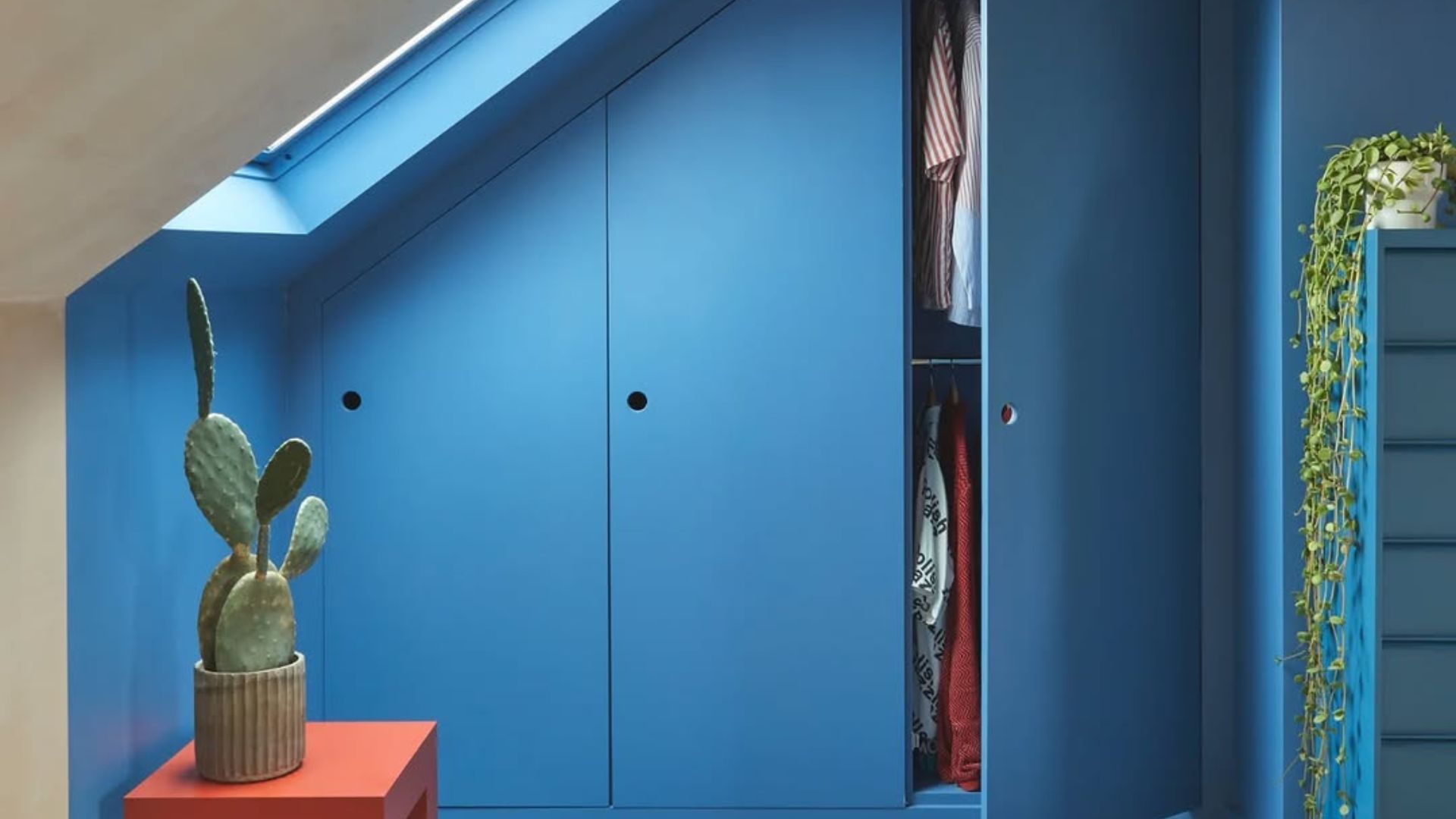 How to Fold Clothes for Travel — 5 Expert Tips for a Perfectly Packed Suitcase
How to Fold Clothes for Travel — 5 Expert Tips for a Perfectly Packed SuitcaseIf you have any holidays in your calendar, let this be your go-to guide for professionally packed luggage before your next jet set.
-
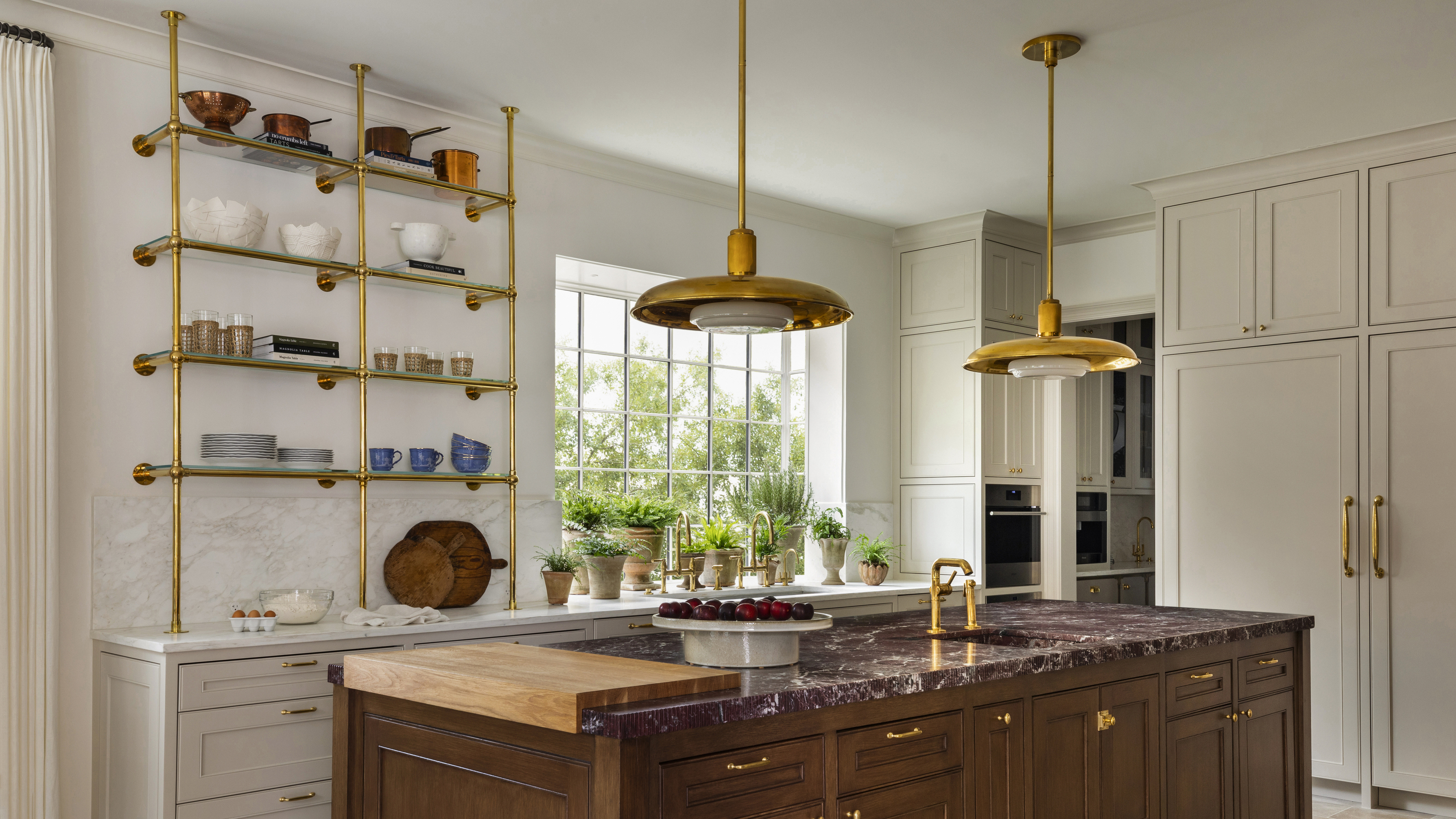 What Professional Organizers Are Store in Hard-to-Reach Places — To Keep Their Homes Uncluttered, Without the Inconvenience
What Professional Organizers Are Store in Hard-to-Reach Places — To Keep Their Homes Uncluttered, Without the InconvenienceThe best way to streamline your storage? Keeping this list of lesser-used items up high
-
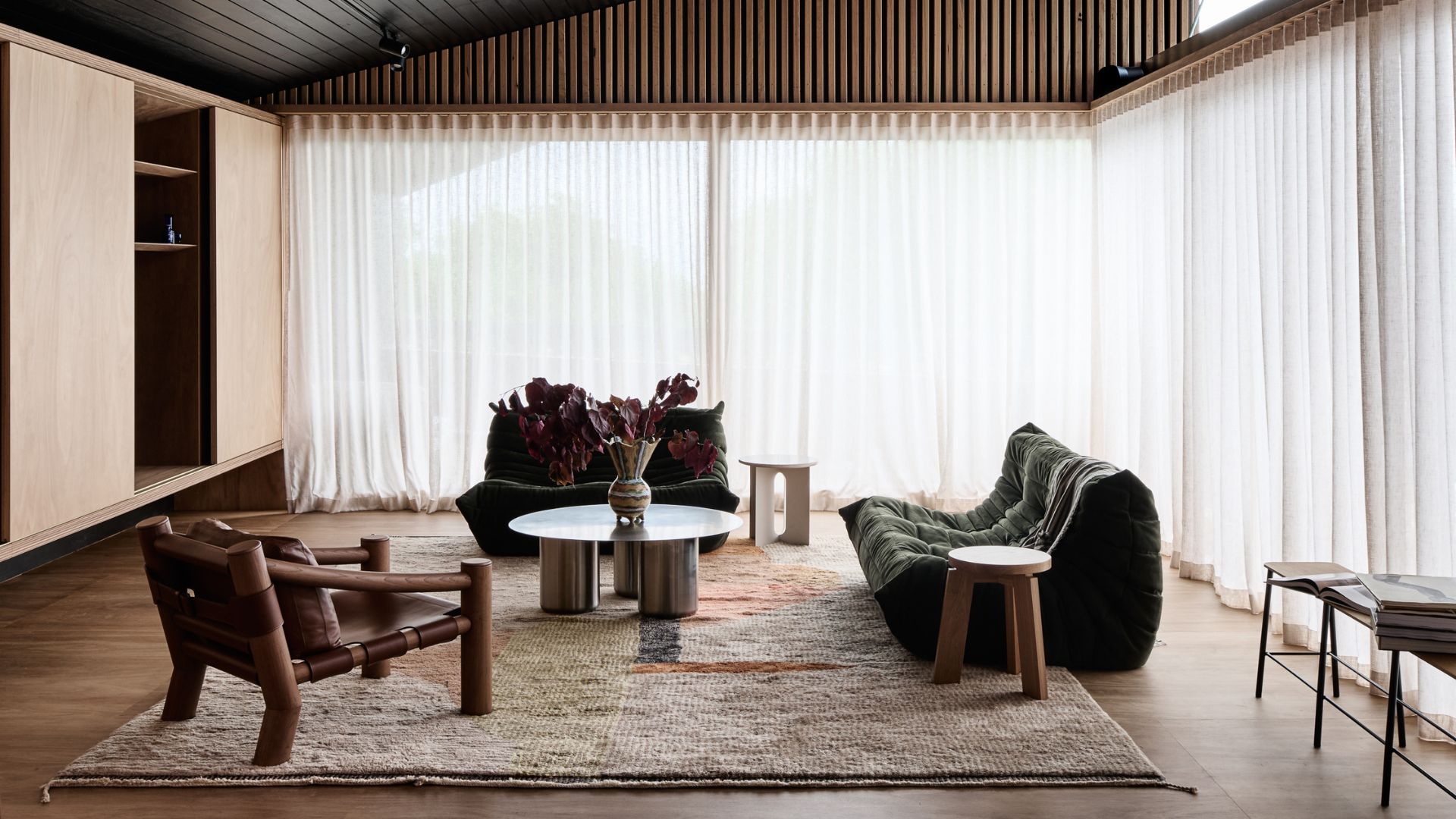 How I'm Embracing the Scandinavian Organization Mantra 'Ordning Och Reda' for a More Peaceful, Tidy Home
How I'm Embracing the Scandinavian Organization Mantra 'Ordning Och Reda' for a More Peaceful, Tidy HomeWe have plenty to learn from the zen scandi-lifestyle, and 'ordning och reda' is next on the list. A teaching for tidy homes.
-
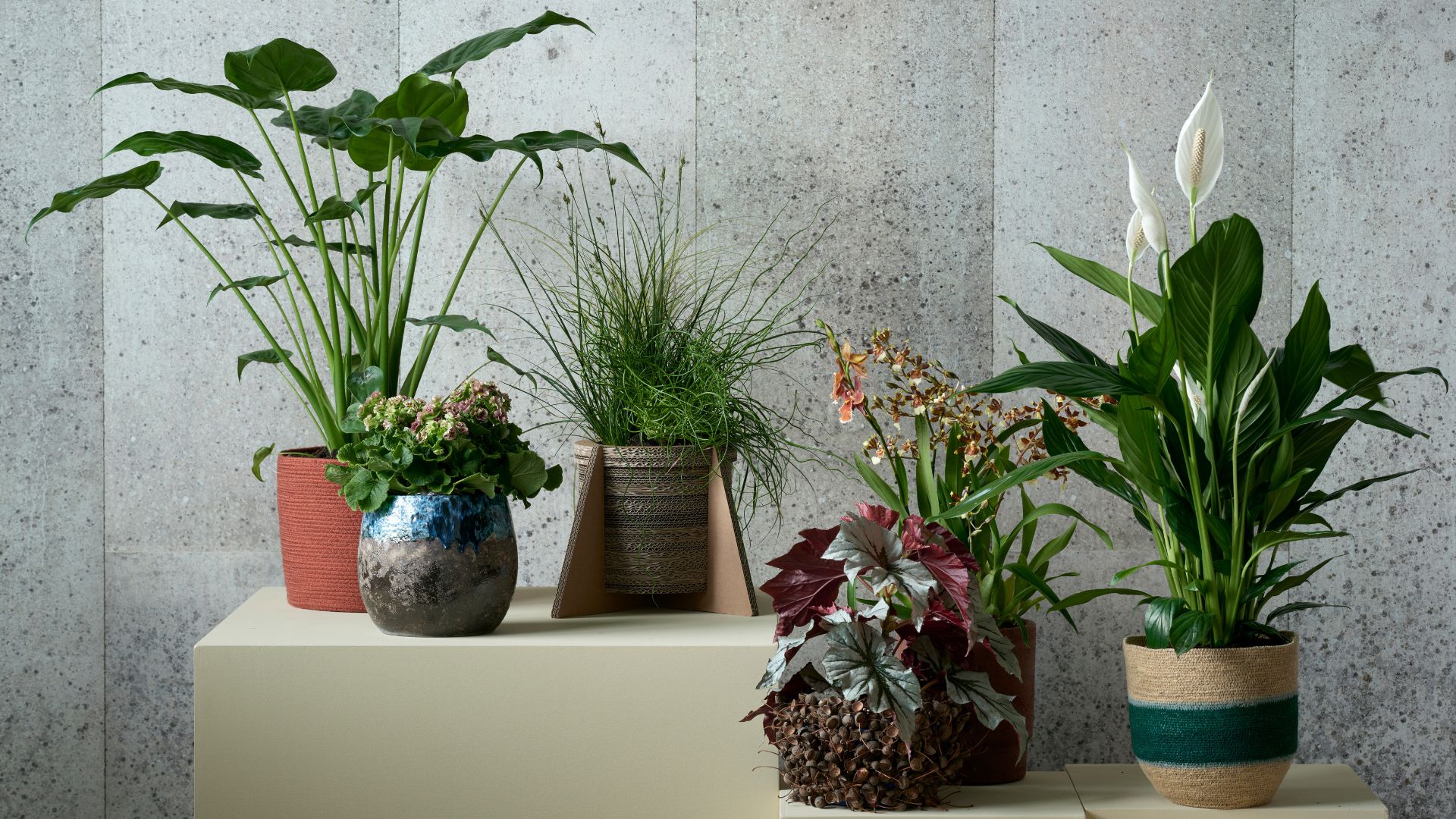 5 of the Worst Houseplants You Could Pick If You're a Beginner — They Might Not Survive Your Plant Parent Learning Curve
5 of the Worst Houseplants You Could Pick If You're a Beginner — They Might Not Survive Your Plant Parent Learning CurveDon't get me wrong, they're not unstylish. They're just a tad needy for any inexperienced plant owners
-
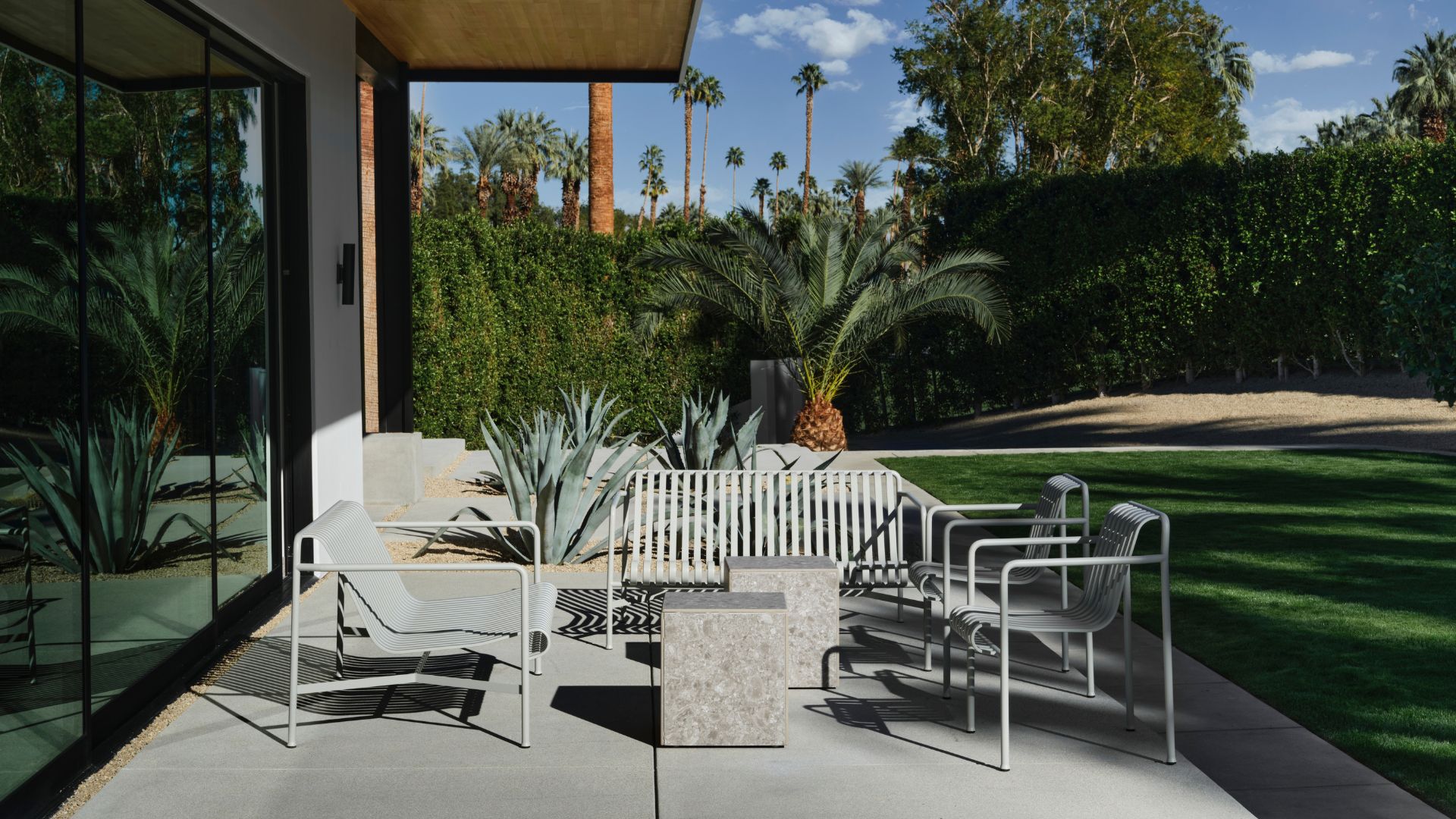 Fences vs Hedges — Which Are Actually Better for Your Garden's Privacy? Landscape Designers Settle the Debate
Fences vs Hedges — Which Are Actually Better for Your Garden's Privacy? Landscape Designers Settle the DebateIf you're wondering whether to border your home with landscaping or hardscaping, this pro/con list will help you land on the ideal solution
-
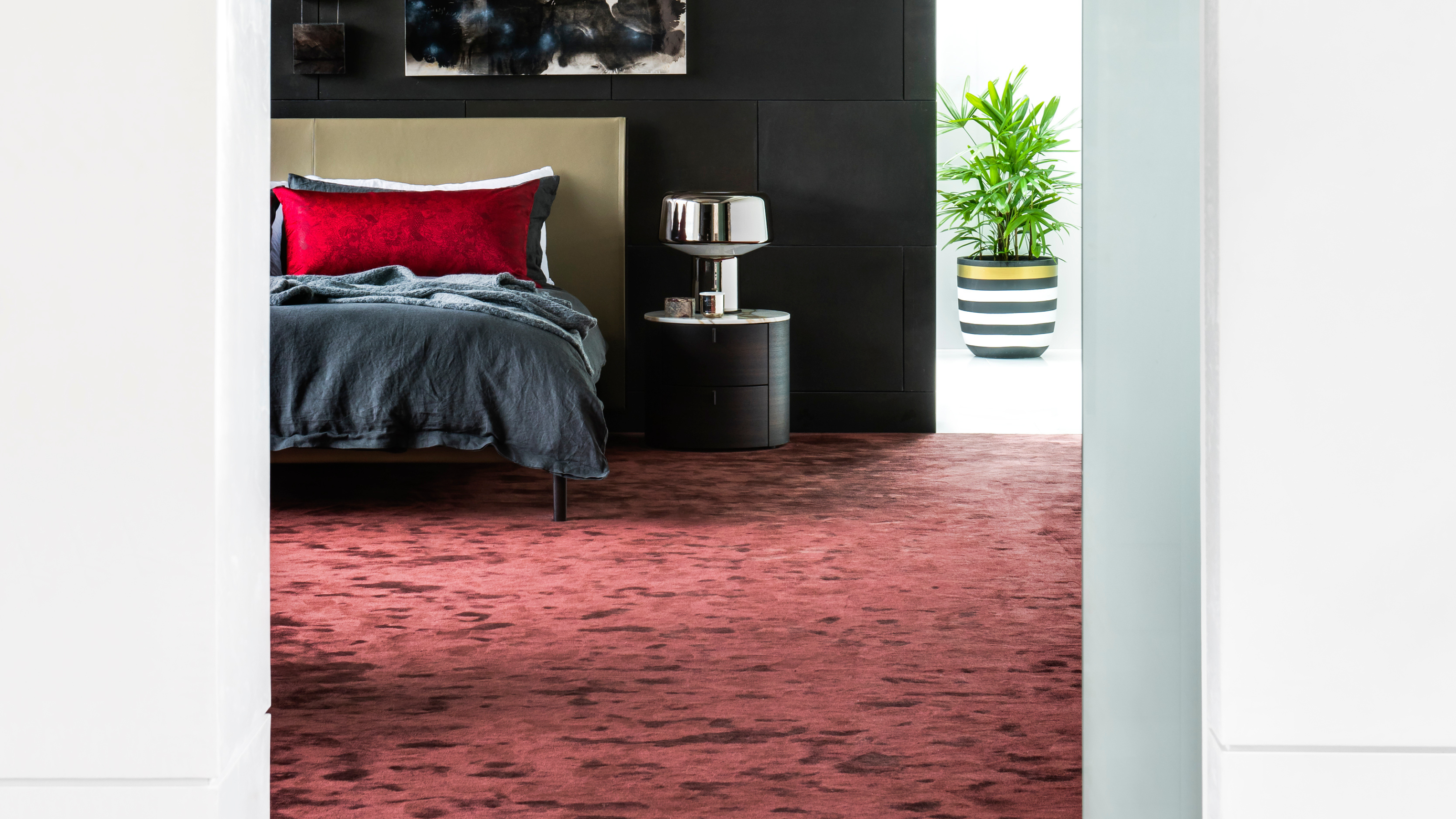 5 Outdated Carpet Colors Interior Designers Won't Be Using in 2025 — And What They Will Be Instead
5 Outdated Carpet Colors Interior Designers Won't Be Using in 2025 — And What They Will Be InsteadLeave these old-fashioned colors where they belong, and update your space with these modern shades that are completely on-trend
-
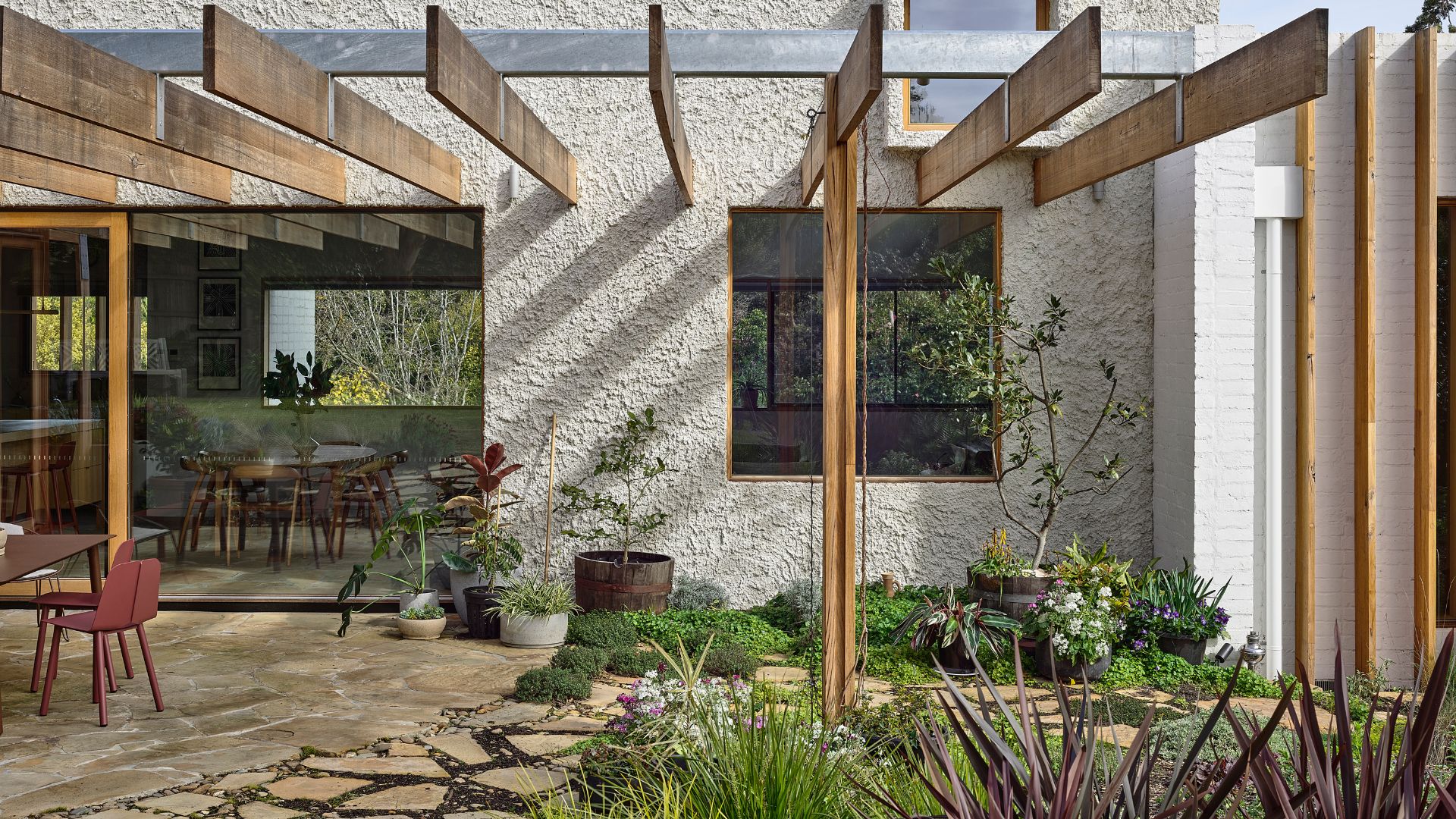 I'm Obsessed With This Potted 'Mini Meadow' Idea for Filling a Small Container Garden With Beautiful Flowers
I'm Obsessed With This Potted 'Mini Meadow' Idea for Filling a Small Container Garden With Beautiful FlowersYou don't need sprawling lawns to give your garden a meadow-style feel — all you really need is a container garden and some choice plants
-
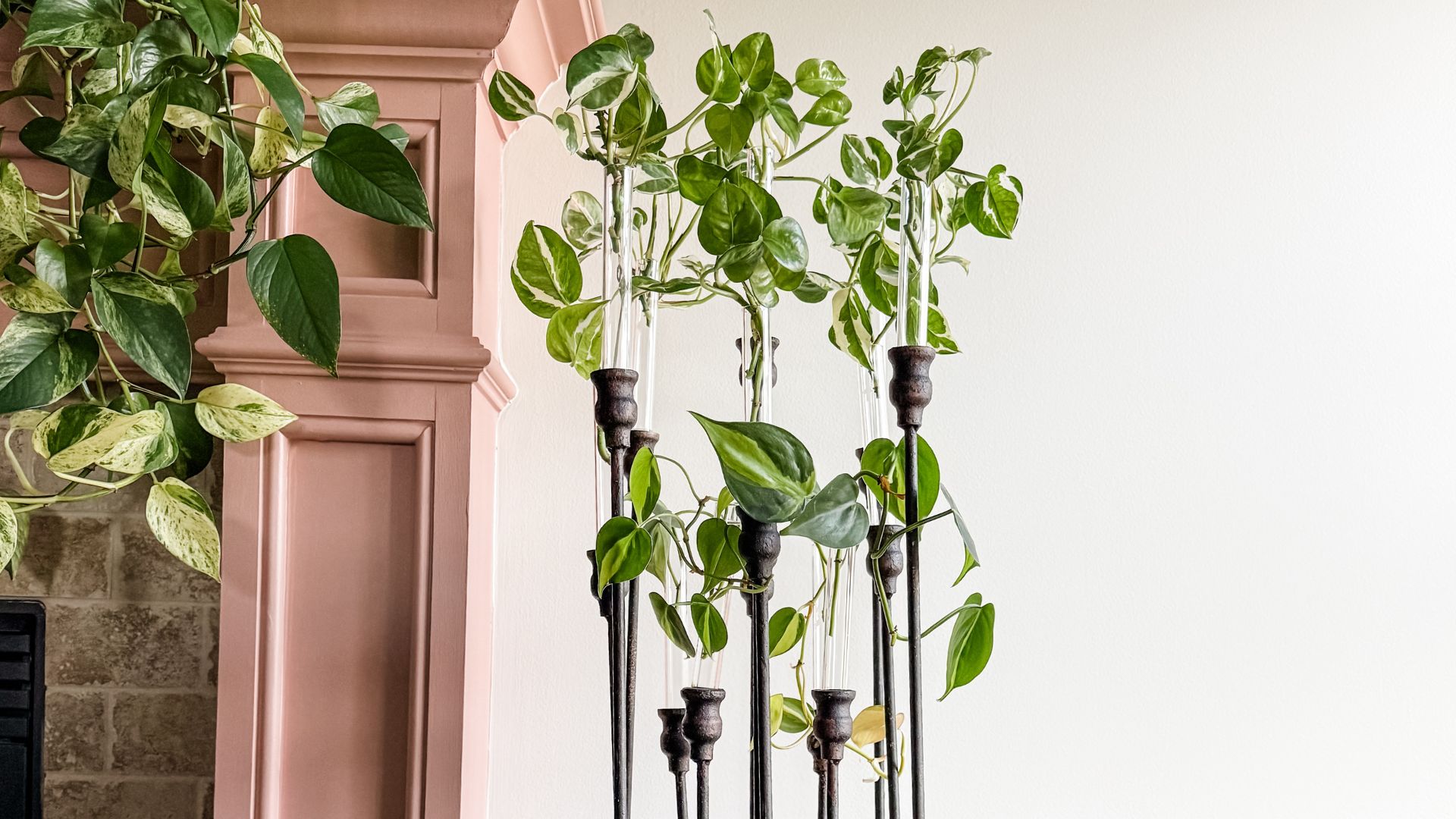 Plants in Test Tube Candelabras? There's a Stylish New Way to Show Off Your Propagation Skills
Plants in Test Tube Candelabras? There's a Stylish New Way to Show Off Your Propagation SkillsIf you're tired of leaving your plant cuttings on your window sill, you'll love this fresh idea for a plant propagation candelabra.